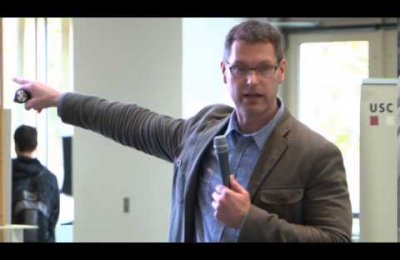* This article and photo spread by Brett Van Ort originally appeared in the Winter 2013 edition of the "USC Annenberg Agenda" magazine, which is available online . *
By Dan Durbin
Director of the Annenberg Institute of Sports, Media & Society
From 1947-1972, Major League Baseball remained the largest — in terms of audience — and most important sports stage in the United States. During that time, the league and American society went through drastic change. In 1947, Jackie Robinson and Larry Doby broke baseball’s color line.
African-American players often had to stay at separate hotels and eat at separate restaurants from their teammates. Many were threatened. And many were actively engaged in the civil rights struggles of the era. These players have a unique perspective on the burgeoning civil rights movement of the 1950s, the civil rights legislation of the 1960s and the birth of Black Power as a movement and ideology in the 1970s.

Grant, from tiny Lacoochee, Fla., spent 14 years in the major leagues and won 145 games. He hit a three-run homer in the 1965 World Series; fronted a band, Mudcat and the Kittens; broadcasted Cleveland Indians games; and wrote a book, “The Black Aces,” about star African-America hurlers. Best of all, when John F. Kennedy invited him to breakfast and then to visit the White House, Grant used the opportunity to put in a successful pitch for better schools and public housing back home.
* See the digital version of the "USC Annenberg Agenda" magazine here . Stay tuned for more Agenda articles being released online this month. *








